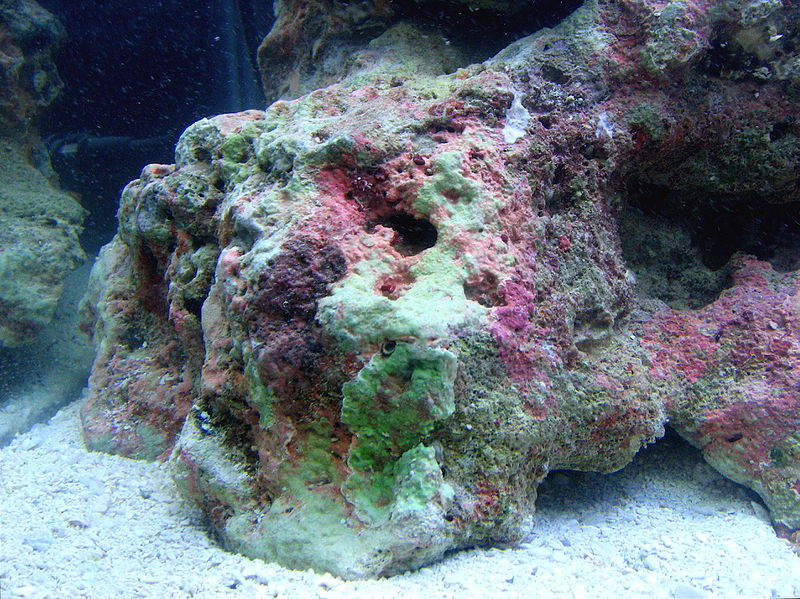My understanding is that mechanical filtration comes first, and there is the benefit of the pre-filter section. Next is biological filtration, and last but not least is chemical filtration.
Do the Oase uses among us just stick with the density of foam provided, or do you put some medium or fine grade in as well? And how about filter floss? Obviously that would have a big effect on flow I would imagine.
I have two of the Oase filters, the 600 Thermo and the 850 Thermo. I set both up the same way.
Firstly drill a load of extra holes in the pre-filter tube. It helps by significantly reducing the flow reduction as the pre-filter sponges clog and can cut your time between pre-filter cleans (I go about 2-3 weeks now on my high tech, even longer on the low tech).
Many people opt for the coarse orange pre-filter sponges. I've used all three types and prefer the medium blue ones on my high-tech and the fine black ones on my low tech. I find no difference in flow between any of them (once the holes are added to the pre-filter tube), they only differ in the size of the particles they capture and the rate they clog and need washing. In a tank with lots of stem plants (that naturally tend to shed more leaves and generate more detritus etc) I would stick with blue, but on tanks with slow growing plants like epiphytes, echinodorus etc, the black is great as it stops pretty much any detritus getting through to the main filter.
I cleaned my high tech filter out this weekend just gone, for the first time since rescaping in June. It was as clean as a whistle - literally there was barely any mulm in the bottom, I really didn't need to clean it - I'm leaving it a year until the next clean!
For the media my preferred order is as follows; blue sponge (acts as a secondary pre-filter for any mulm that collects in the base of the filter, but also biological filtration) -> plastic media in all middle trays -> thin orange sponge filter (post filter to trap any mulm released from the other media) -> filter floss (cut to size from a flat sheet).
In theory you could do away with the thin orange sponge and the filter floss (which I know Darrel won't like), but I find the floss works well to capture the finest particles that make their way through the filter, and is possibly the only thing I'd replace more regularly than a year (maybe every 6 months).
As for Purigen, I think its useful during tank start-up when the system might produce a lot of organics that it can't necessarily digest and cope with, but I think the benefits are limited on a mature tank. Purigen is also a no go if you want to supplement the tank with botanicals, or botanical extract liquids and the like (as I do) as the Purigen strips them straight back out. If you do use it, you can place it after the thin orange foam.



